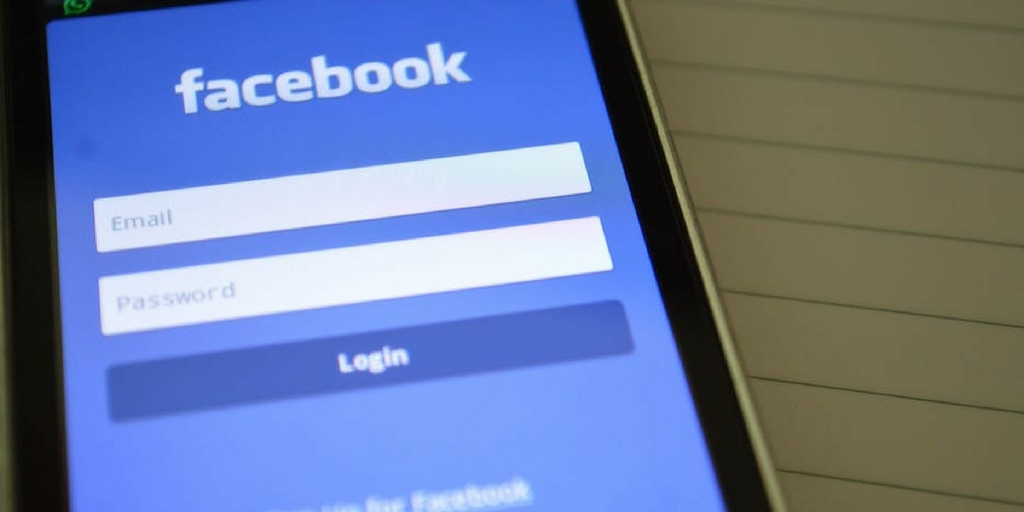The increasing popularity of chatbots is making it harder to ignore how artificial intelligence is helping shape the content marketing landscape.
Chatbots are the latest trend in artificial intelligence for marketers, and the supply chain and logistics industries should take note.
Chatbots can help automate and improve some of your marketing and customer service efforts. But to get the most out of these automated systems, you first must understand what they are and how they work.
What is a chatbot?
A chatbot is s a computer program that simulates human conversation using auditory or textual methods. Basically, it’s software that communicates with your customer inside a messaging app, like Facebook Messenger. Chatbots are similar to email marketing, but, instead of ending up in your inbox, they communicate through a messaging app.
Why are chatbots so popular?
As our mobile devices continue to change the way customers receive and interact with our brands, messaging-app usage has skyrocketed. In fact, 2017 saw a 69% increase in messaging-app users from last year. Business Insider reports the number of people on messaging apps surpassed the number of users on social networks. From iMessage to Facebook Messenger, mobile users are leaning more toward this newer technology to communicate with friends and family.
Why the big drop from email? Because people are buried in emails. On average, office employees receive 121 emails per day. Of those 121 emails, only around 20% are opened — and click-through rates are even lower. More and more companies have stuffed inboxes with repeated emails. Over-communication is the number one reason for readers’ unsubscribing to your email list. Chatbots have alleviated the inbox drama.
Why does my business need a chatbot?
Quality messaging without the spam
Chatbots take the spam out of email marketing. When companies market on a messaging app, they create an easier way for leads to receive educational messages about their brand. Chatbots are an easy and fun way for audiences to engage with your brand, getting answers to their questions and quality messaging about your products and services.
Ease of tracking and segmenting
Your brand will also appreciate the ease of tracking and segmenting your customers through chatbots. Take Facebook Messenger for example; using messenger bots, you can identify who your customers are in less than a minute. No other platform (email, social media) can get you that information as quickly or efficiently.
Increased customer engagement
Getting customers to subscribe to your chatbots is much easier than email subscriptions. Why? The ease of usage and lack of friction on messaging apps creates a more positive customer experience. Businesses can set up chatbots to message any user who comments on your social media pages. They can retarget people who have left your site, offering special discounts or promotions if they place an order. And chatbots can also nurture the sales process by notifying you of potential customers that request a specific action during their interaction with your chatbot.
How do I create a chatbot?
There are plenty of chatbot-building platforms available online. Before you pick a platform, make sure you do your research. Here are three of the top chatbot building platforms.
1. Chatfuel
This chatbot engine will do most of the hard work for you, ideal for those lacking programming experience. MTV, TechCrunch, BuzzFeed, British Airways and Adidas are said to have used Chatfuel to create their chatbots, along with almost 20,000 other users across the globe. The user interface is easy and slick, meaning you could create a chatbot in less than 15 minutes!
2. Chatscript
Launched back in 2011, ChatScript is a ‘next generation chatbot engine,’ which has won the Loebner Prize (awarded for the most human-like examples of artificial intelligence) four times. It provides an open source framework for developers to build and deploy chatbots.
3. Facebook ‘Bots for Messenger’
At its F8 developer conference in April, Facebook launched Bots for Messenger, a tool which allows developers and businesses to build chatbots for its Messenger platform (which is used by almost a billion people). Developers build bots, submit them for review, and then Facebook decides which get onto Messenger. The three main capabilities are its send/receive API, generic message templates, and the ability to customize the welcome screen users first see when interacting with your bot.
Messaging automation is the new email automation. Brands will be looking to join the chatbot craze for the ease, convenience, and the positive customer experience. Have you tried a chatbot program yet? We’d love to hear from you about your experience.
Related posts:


